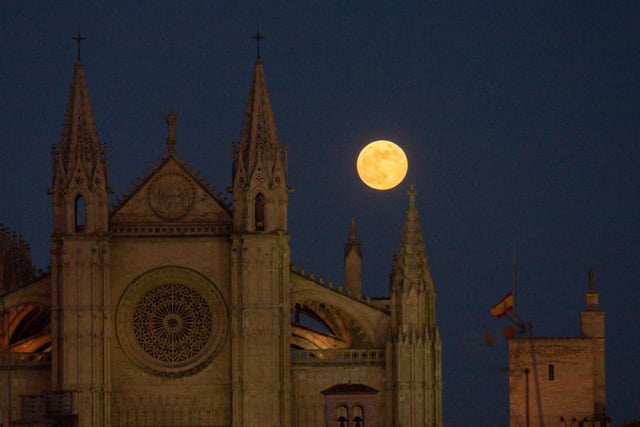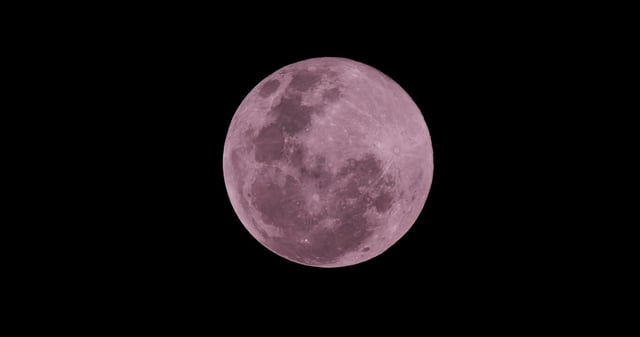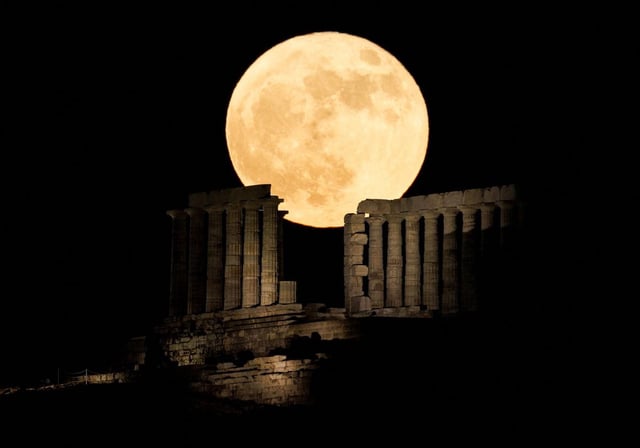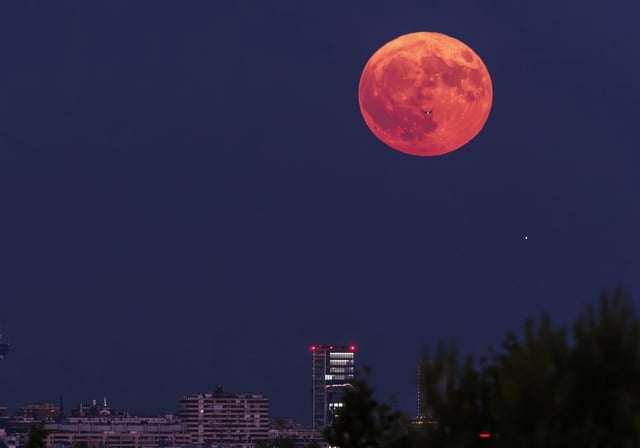Overview
- The moon reaches peak fullness at 09:44 CET on June 11 and is best observed rising above the eastern horizon after sunset on June 10.
- The name derives from Algonquin and other indigenous North American harvest traditions that linked the June full moon to wild strawberry gathering.
- Its low-horizon trajectory produces an optical illusion of increased size and, through atmospheric dispersion, often bathes the moon in amber or reddish hues.
- This event coincides with a lunasticio—an extreme 18.6-year cycle of lunar declination—last seen in 2006 and not due again until 2043.
- Observers are advised to seek dark sites with clear eastern horizons and may enhance views with binoculars or telescopes.



